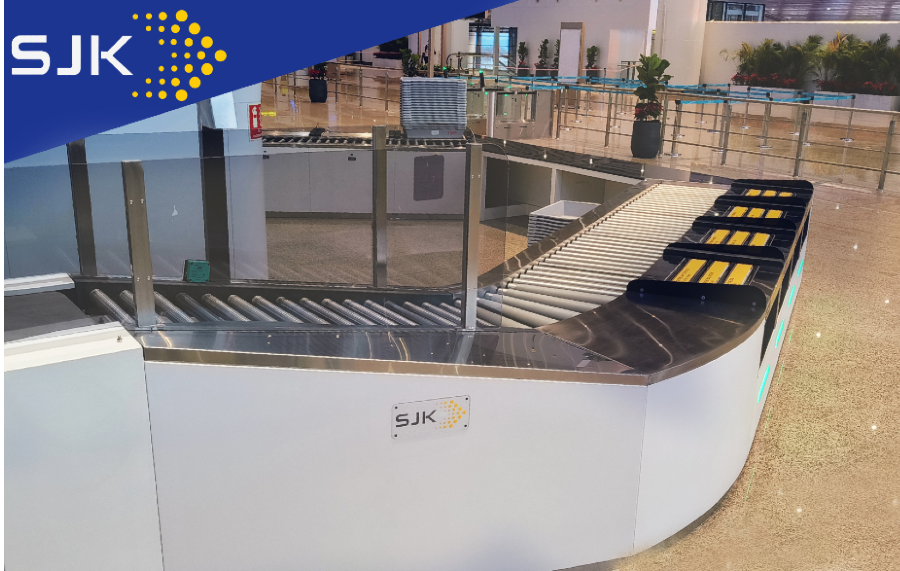Automatic Tray Return system in Airport
What is Automatic Tray Return System?
Air travel can be a stressful experience for passengers, but recent innovations like the Automatic Tray Return System (ATRS) are helping to ease the hassle of the airport security checkpoint. Simply put, an ATRS automatically collects and returns empty security trays, eliminating the need for passengers to search for a tray or to line up to return it, improving the overall security experience for passengers. An automatic tray return system is a mechanism that has been installed in many airports worldwide to reduce passenger wait times at security checkpoints. This system enables trays to return to the front of the security checkpoint automatically, saving both time and hassle.
Benefits of Automatic Tray Return System
Before the introduction of the Automatic Tray Return System, travelers would often face a pile-up of trays that would delay their security clearance. But with this innovative technology, the whole process has become much more efficient and quick. With the ATRS, trays can be sent back to the beginning of the security checkpoint, allowing more people to pass through, thereby drastically reducing passenger waiting time. This technology has made airport security more seamless, providing passengers with a better travel experience.
ATRS Before and Now in Airports
In the past, people had to queue up for an extended period at the airport security checkpoints. With the advent of ATRS, however, this waiting period has significantly reduced, resulting in faster security clearances. The old method had led to much inconvenience, particularly when travelers were running late. However, with ATRS in place, people are quickly cleared, and they don't need to worry about missing their flights. It is now widely acknowledged that the ATRS has revolutionized airport security procedures, enhancing efficiency and speed.
Statistics
It's been reported that over 50% of the airports worldwide have installed Automatic Tray Return Systems. In addition, airports have noted an 18% improvement in their overall security check performance with the introduction of the ATRS. It is currently deployed in over 100 airports worldwide, and the number is continually growing. Airports in the United States, Canada, Europe, Asia, and the Middle East have adopted this automated system to streamline their security process.
The ATRS system is relatively new in airports, but it is rapidly gaining acceptance. The first system was installed in Geneva in 2011, and as of 2021, more than 200 airports around the world have installed the ATRS, with several more in the pipeline. According to a survey, airports with the ATRS experienced an improvement of up to 80% in security checkpoint efficiency, with up to 70% of travelers expressing their satisfaction with the experience.
One such example is the Sardar Vallabhbhai Patel International Airport in Ahmedabad, India. The airport recently installed ATRS as part of its efforts to make the travel experience more comfortable for passengers. As one of the busiest airports in the country, with over 8 million passengers per year, the airport wanted to enhance the experience by minimizing the waiting time for passengers. The Sardar Vallabhbhai Patel International Airport's installation of ATRS not only increased efficiency but also helped maintain hygiene standards in the time of the pandemic by minimizing passenger touchpoints.

Why SJK's ATRS?
The installation of the Automatic Tray Return System at Indian airports is aimed at enhancing the passenger experience by decreasing the time it takes to complete security procedures. SJK’s ATRS provides a seamless transition through security procedures, reducing the frustration experienced by travelers and improving their overall experience.
Conclusion
In conclusion, the introduction of Automatic Tray Return Systems in airports worldwide has transformed airport security procedures, enabling a faster, more efficient experience for passengers. By reducing passenger waiting time and providing a seamless security clearance process, airports can now accommodate more people while enhancing their overall travel experience. With over 50% of airports already installing ATRS and experiencing increased efficiency, we can expect to see this technology implemented in more airports worldwide soon

